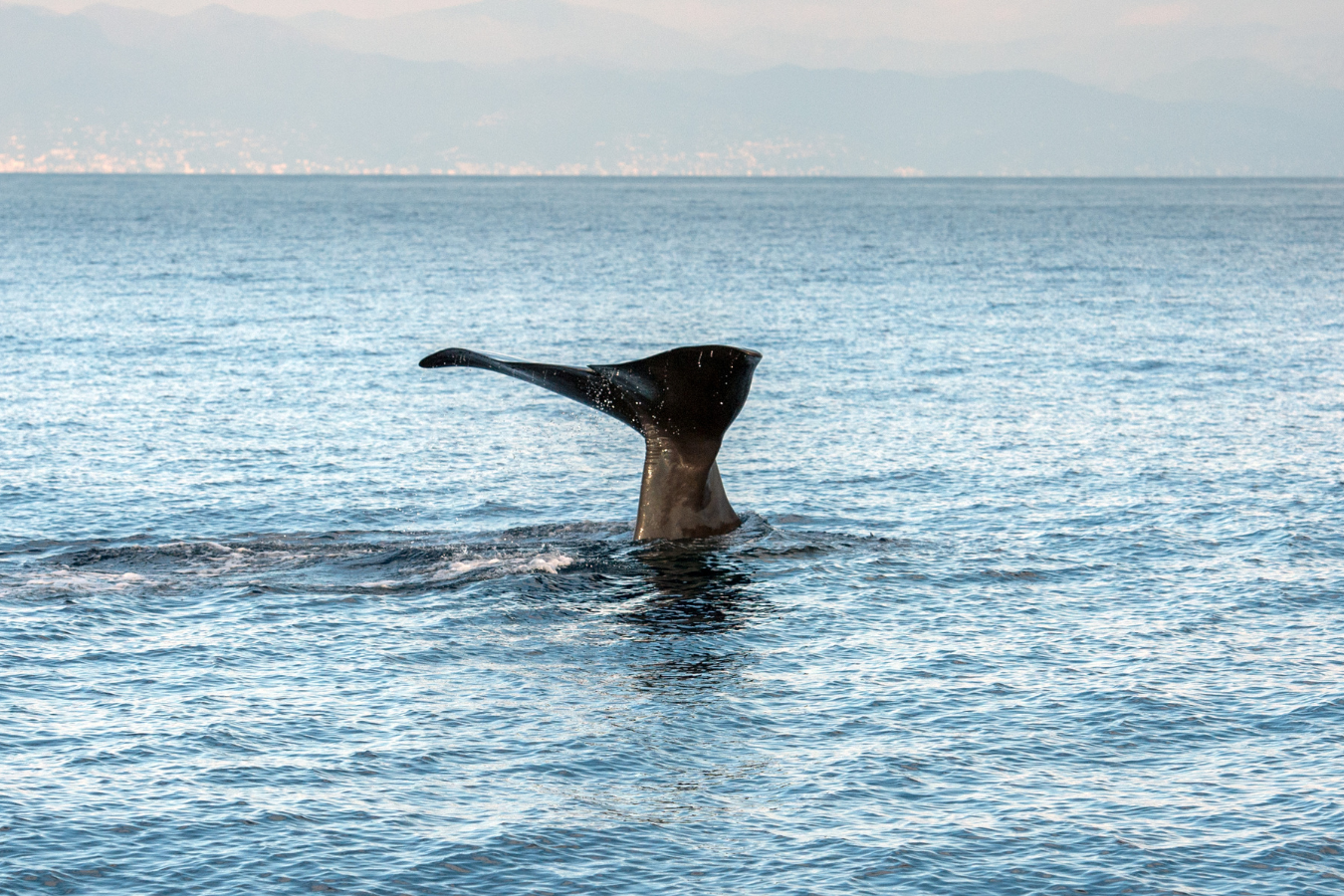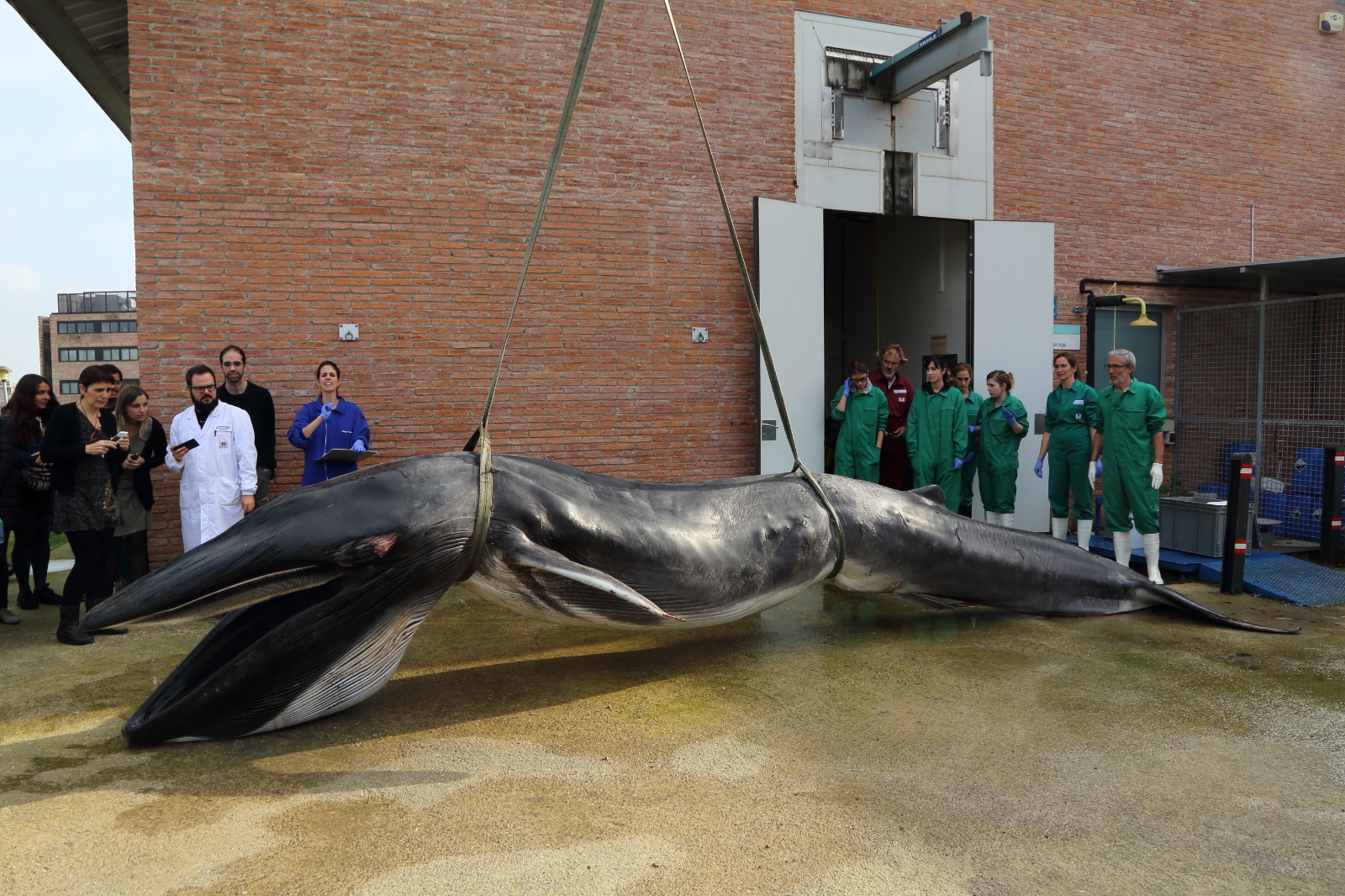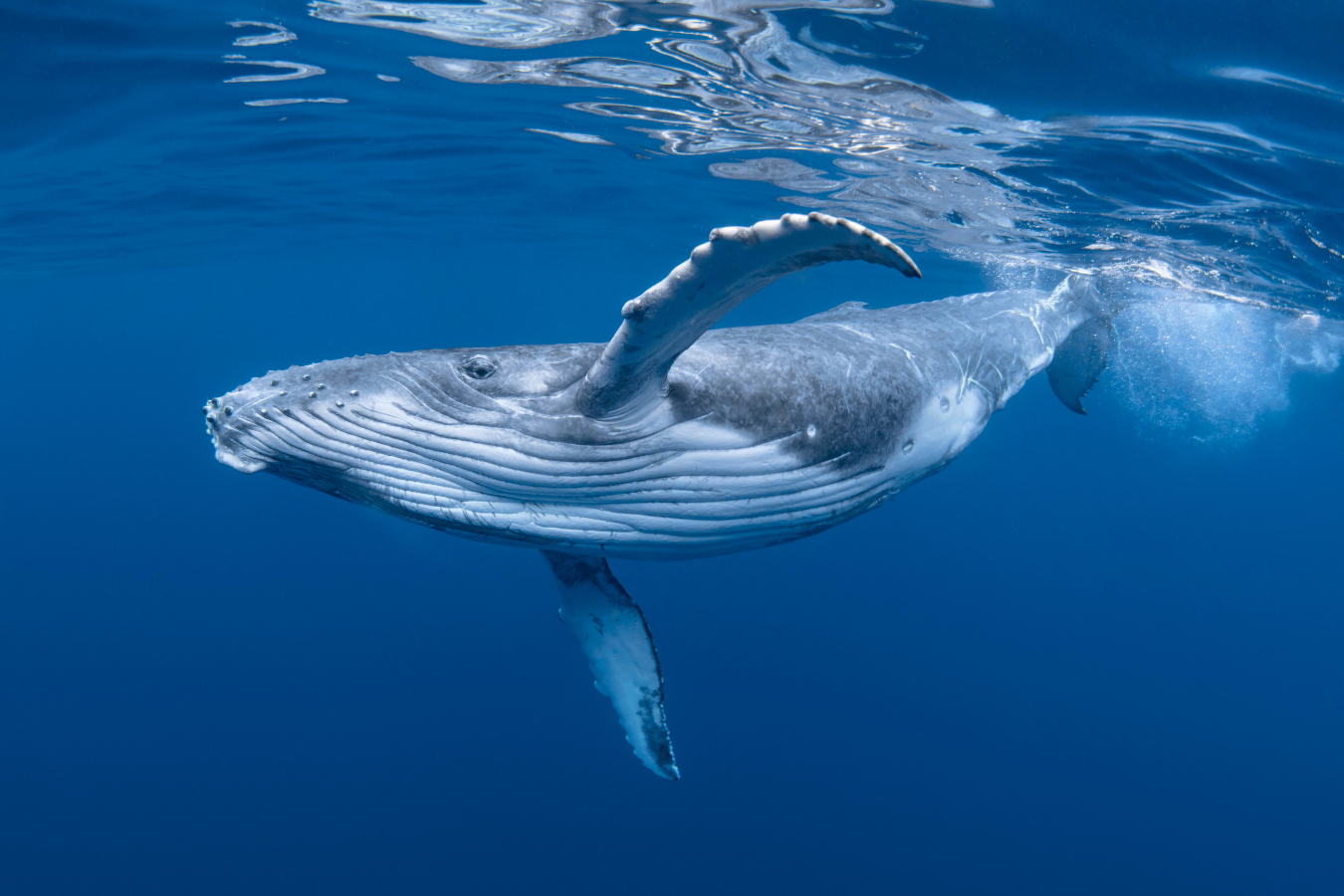Barcelona is a city committed to animal welfare, both for its urban fauna and for the wild animals that inevitably have to share their environment with humans. This includes cetaceans, our neighbours in the sea.
In 2017, the city held a scientific conference on bottlenose dolphins with the participation of Mariano Domingo Álvarez, a veterinary pathologist at the Autonomous University of Barcelona. He leads a research group that contributes to understanding the cause of death of these animals, and to training future veterinarians in the pathology of marine mammals.

Question: What does your work with cetaceans consist of?
A: On behalf of the Catalan government, for many years we have been carrying out autopsies on cetaceans stranded on the coasts of Catalonia to find out the cause of death.
Q: Why is the Catalan government interested in knowing the cause of these deaths?
A: The government must conserve protected species. This includes knowing the status of their populations and their risk factors. This includes the diseases that affect them and, above all, the human factors that cause the death of these species.
Q: What species do you usually receive?
A: Mostly striped dolphins and bottlenose dolphins. Another species that is relatively abundant here is the Risso's dolphin.
Q: What are the main threats you are encountering?
A: In 2020, we published a review of all the autopsies we did between 2012 and 2019. This work concluded that the main problem is deaths from fisheries interactions. This occurred in 24 animals out of 89, which is 27%.
The second factor is maternal separation. In cetaceans, the calf is suckling from the mother for almost a year, it is very dependent. If the mother dies or is accidentally separated, it is straightforward for the calf to die from lack of food. In some cases, it could be that human causes have separated them, although it is difficult to know.

They also die from diseases like we humans can get.
Q: I imagine that in these aquatic animals, the transmission of diseases will be different than in terrestrial animals, won't it?
A: We suspect that some of their viruses are also airborne. They are very social animals in herds and are close to each other when they breathe. I always give my students this example: we here in the classroom could be transmitting the flu to each other. If we had water up to our waists, we'd be passing it on to each other just the same.
Q: Can humans transmit diseases to cetaceans?
A: No, although there are infections that are transmitted from land. For example, dolphins can suffer from toxoplasmosis, which is caused by a parasite that also infects immunocompromised humans or pregnant women. The main vector of transmission of this disease to the sea is cat feces. When they reach the sea via rivers, they can infect dolphins by mechanisms that are not yet well understood. This parasite subclinically infects nine percent of Mediterranean striped dolphins.
Q: To what extent should humans intervene when encountering a sick wild dolphin?
A: You will find different opinions. They assess the clinical condition of the animal and its survivability. In most cases, the situation is not good. These are animals that live offshore and the fact that they are approaching the coast already indicates a poor prognosis. In most of these cases, euthanasia is usually performed.

In addition to its state of illness, the animal often shows signs of nervousness. Above all, the striped dolphin is very easily stressed and it is very problematic to keep it in captivity, so much so that it is not found in any aquarium. There are many difficulties in trying to rehabilitate them.
Q: If the main objective of studying their diseases is not to cure them, what is it?
A: It is important to know the problems and to what extent they are caused by the human species. The important thing is that we can prevent the deaths that are our responsibility.













